Kam Bava breathes new life into the Barbican sunken bars
We visit the restoration and interiors refresh of the Barbican sunken bars by London architect Kam Bava
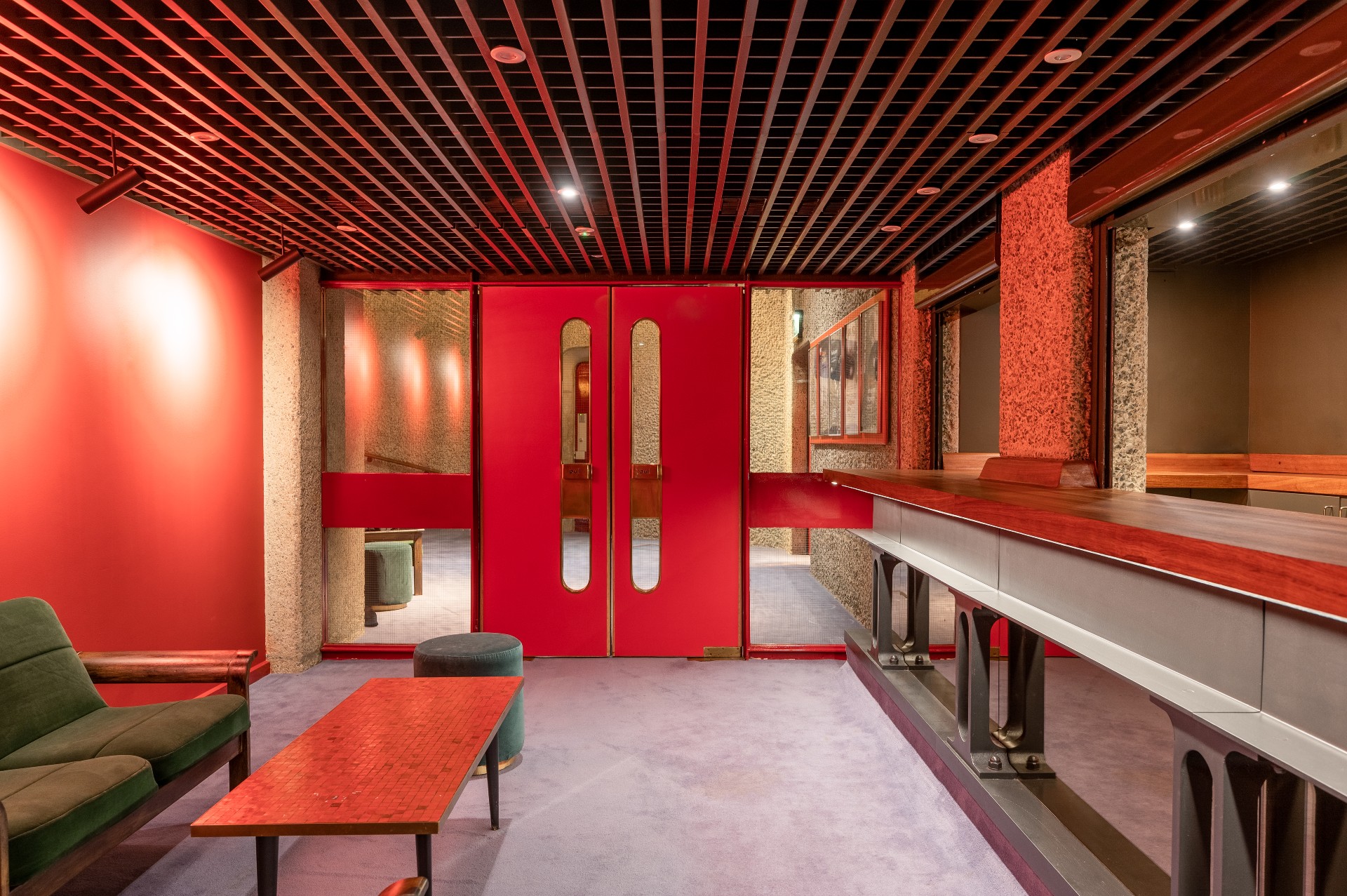
Emily Marshall - Photography
The much loved Barbican Estate in London comprises many parts and elements – from its famed performing arts centre, a key cultural hub in the City of London and beyond and the largest of its kind in Europe, to its iconic residences, outdoor spaces and brutalist architecture environment. Its scale means that there are many smaller areas, however, which often remain lesser-known, yet are no less important to the Barbican experience. Part of the Grade II-listed Barbican Centre Theatre, the Barbican sunken bars are two hospitality corners of the seminal modernist development, constructed between 1965 and 1971 and located under the steps of the theatre. The spaces were in need of a refresh, so London architect Kam Bava was asked to lead a careful restoration and interior redesign to breathe new life to the complex's much-loved leisure offering.
The bars’ facelift was not just about aesthetic fixes and a superficial polish. The architect ensured a technical upgrade was incorporated as well, because, after years of intensive use, the listed fabric was in dire need of an update. Seeking to maintain the interior's original character, as well as emphasise reuse and recycling as an approach, Bava cleverly redeployed elements found within the Barbican campus. ‘The steel bar structure is made from the handrails on the [Barbican] centre, and the ceiling comes from the art gallery. The handling of these pieces together with the use of mirrors creates a very different scale of experience, using very familiar design cues,' he explains.
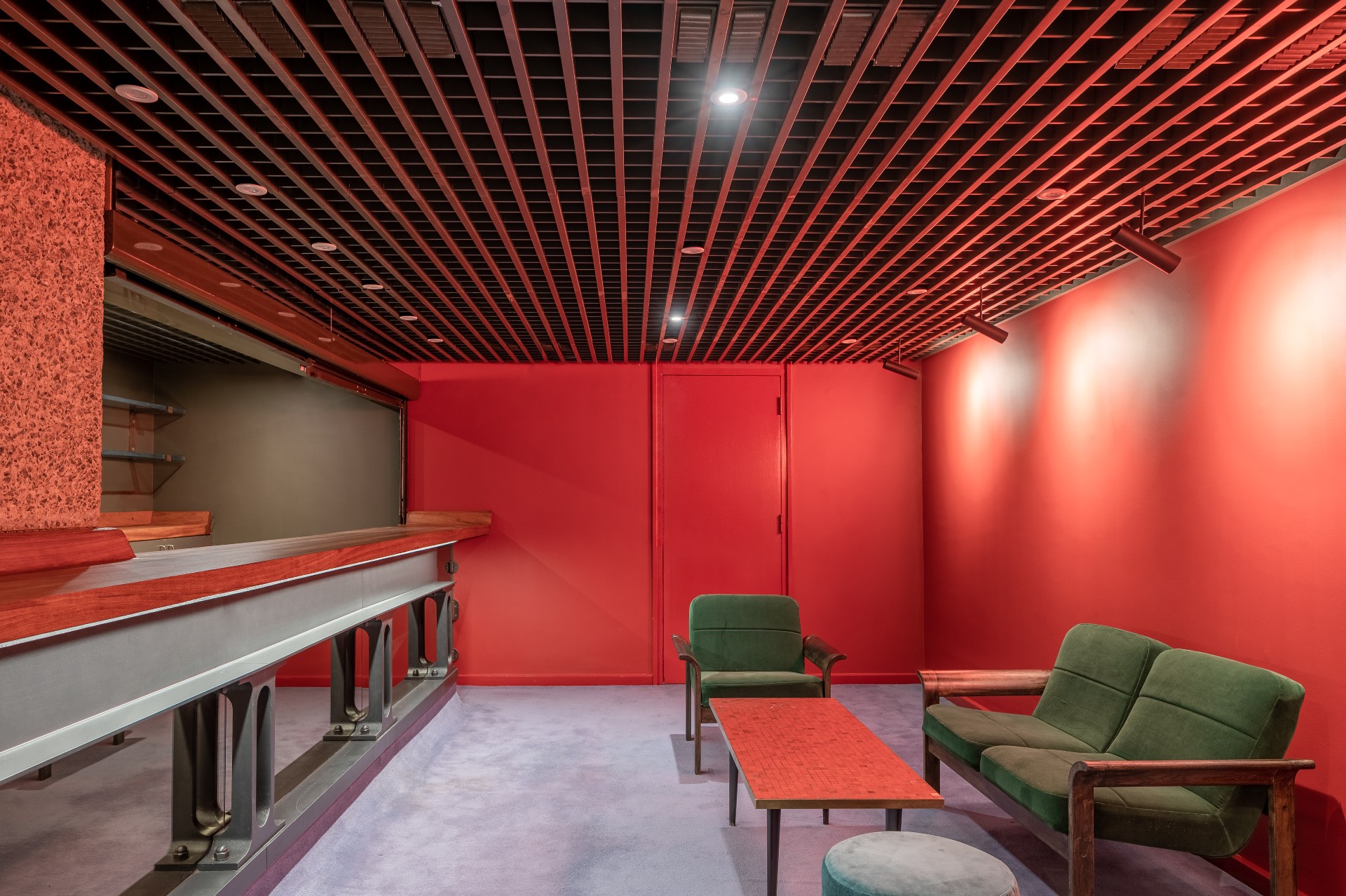
He continues: ‘We wanted to intensify this interesting play on scale whilst highlighting the forgotten qualities of the spaces. With the use of improved lighting focusing on elements of the bar, key walls and the use of original Barbican colours, we have struck a balance between conservation and recognising the intensive and varied use of these spaces in a modern institution.' Existing furniture was reupholstered, while any new features were conceived to respect the spirit of the existing design.
Cleaning up the interior included practical yet necessary gestures, such as asbestos removal, reworking of the lighting, security, visitors’ facilities such WC, bar operation facilities such as washing, serving and refrigeration, and improving storage. It all results in a set of spaces, the new Barbican sunken bars, that feel respectful and celebratory of the estate's long and important history, while at the same time are fit for 21st-century use.
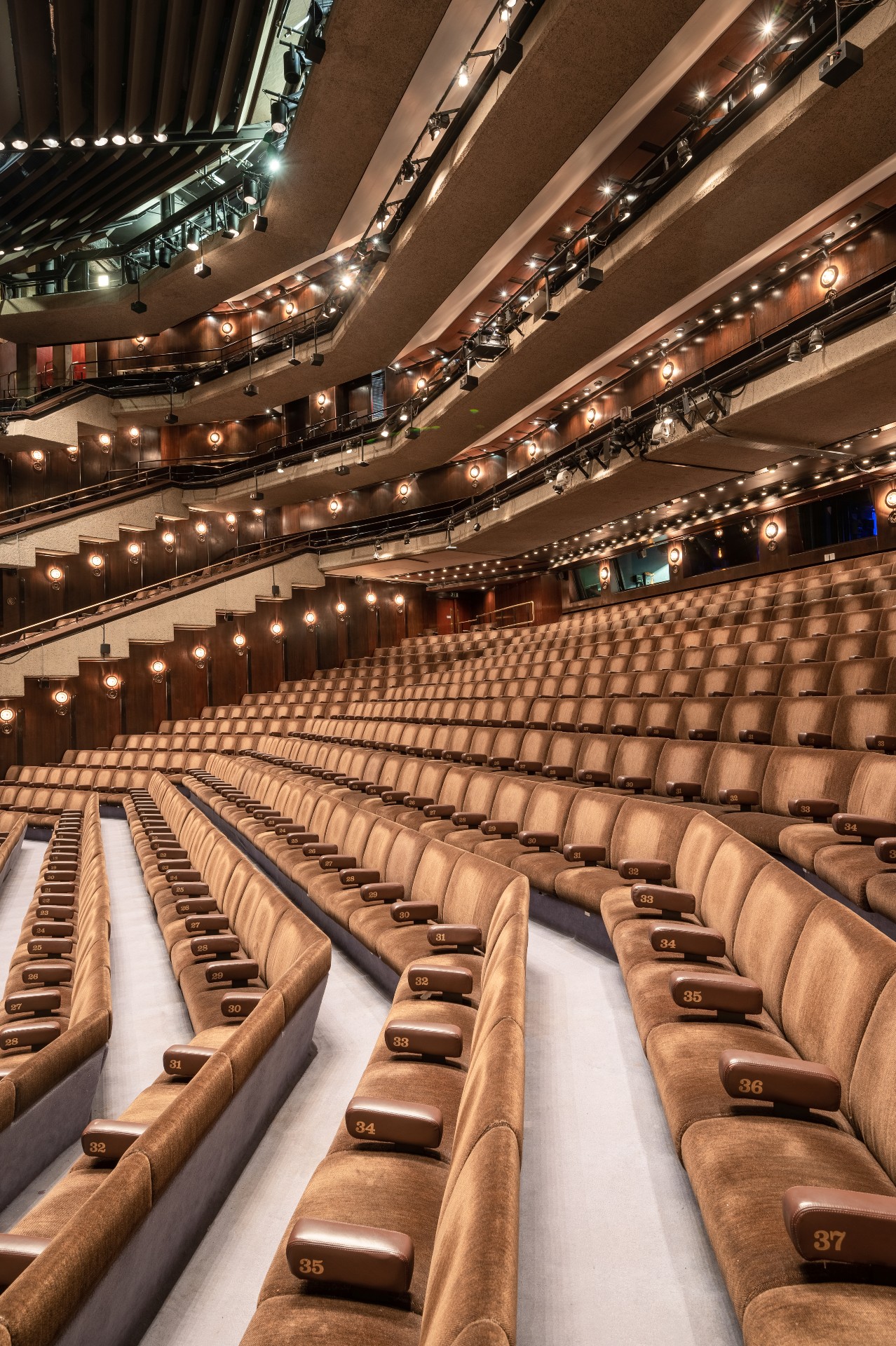
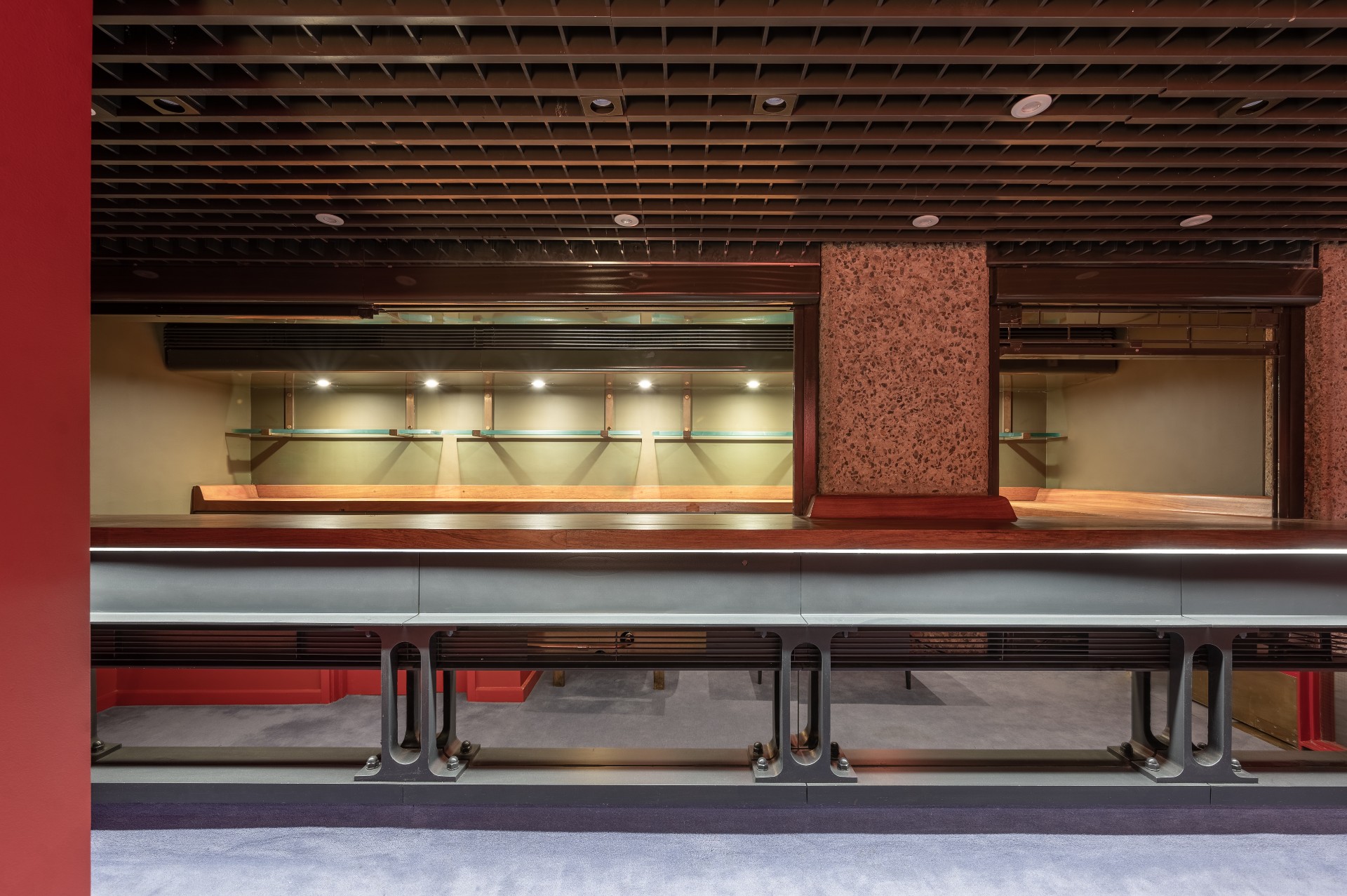
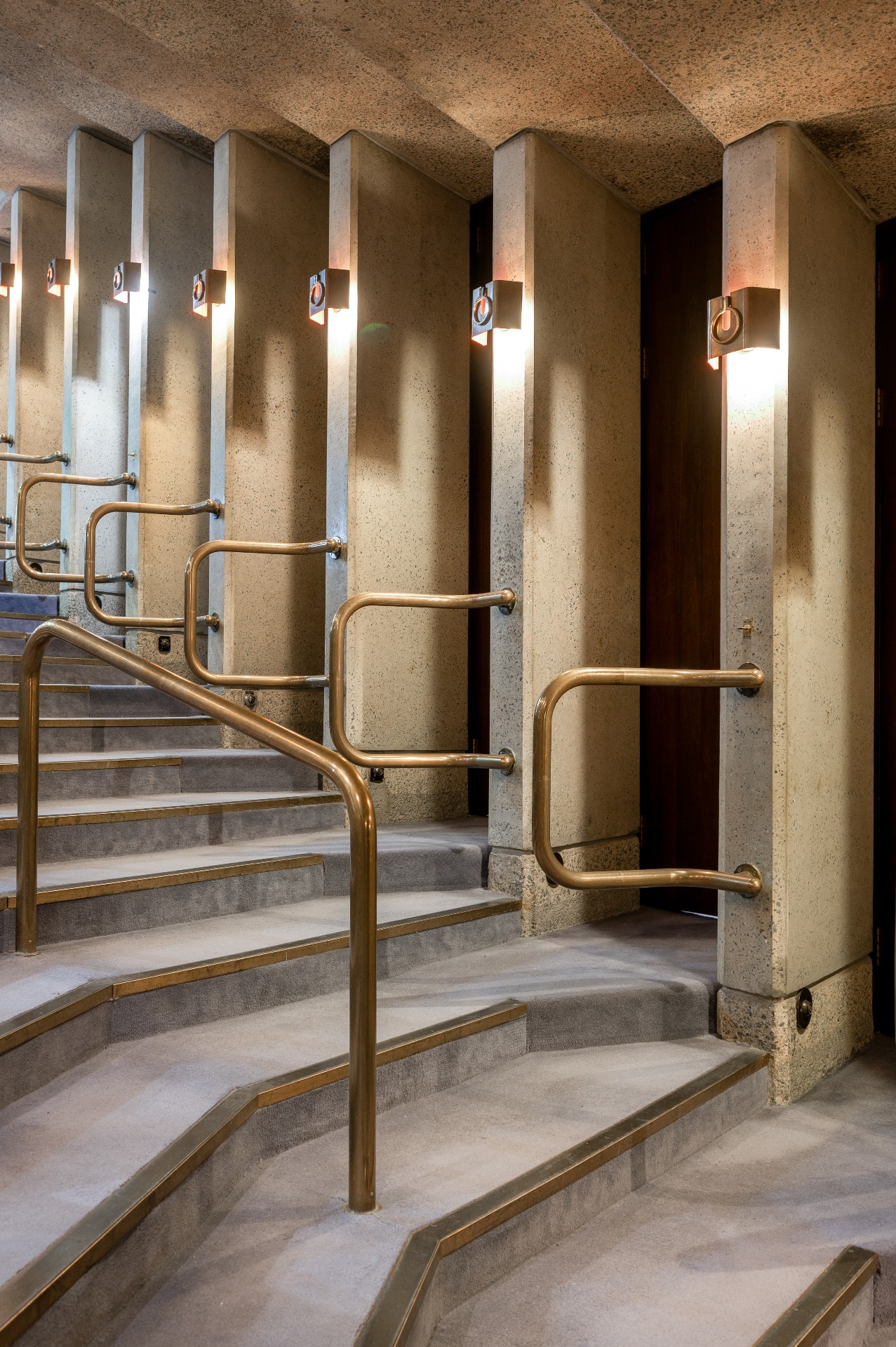
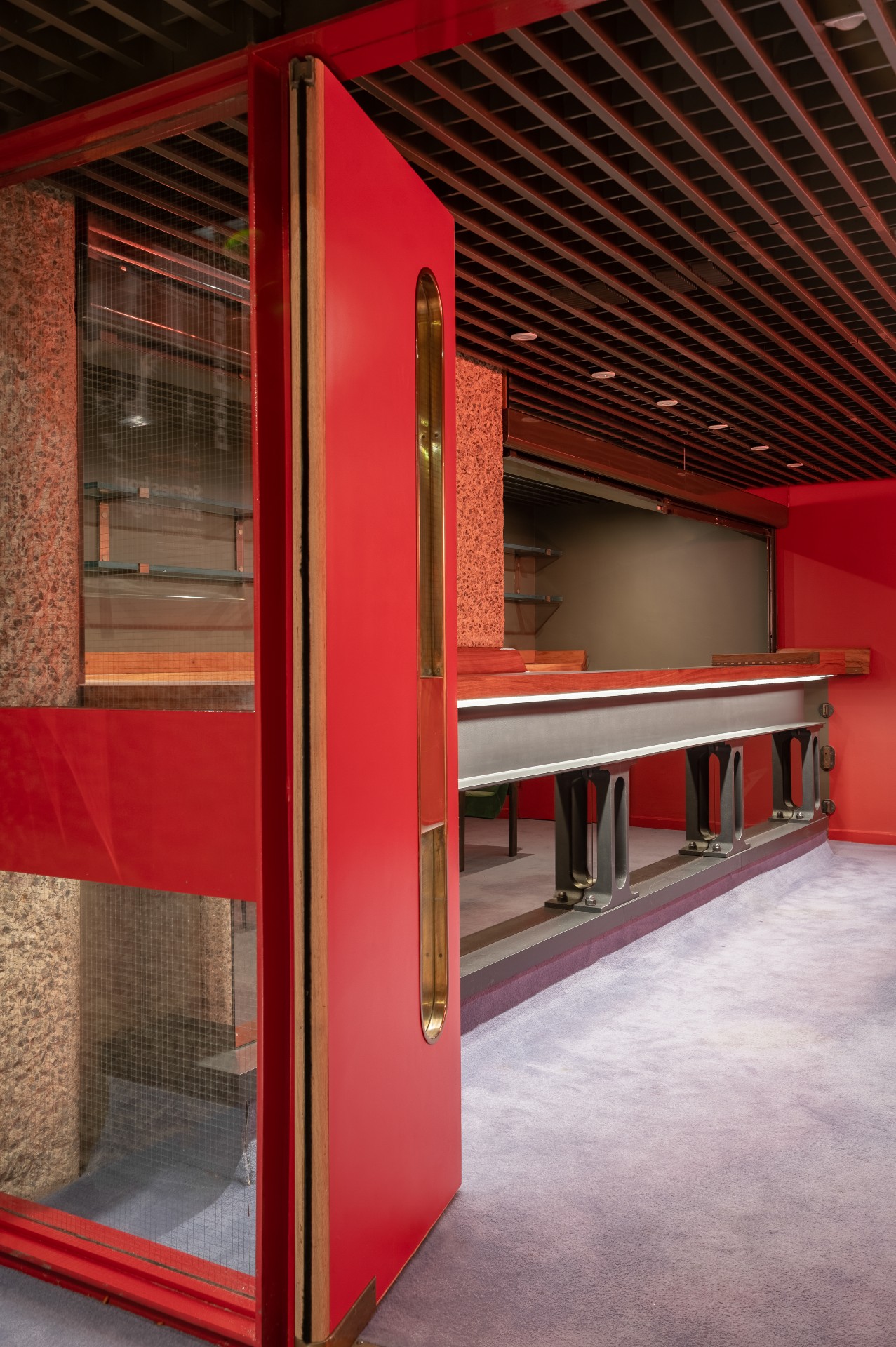
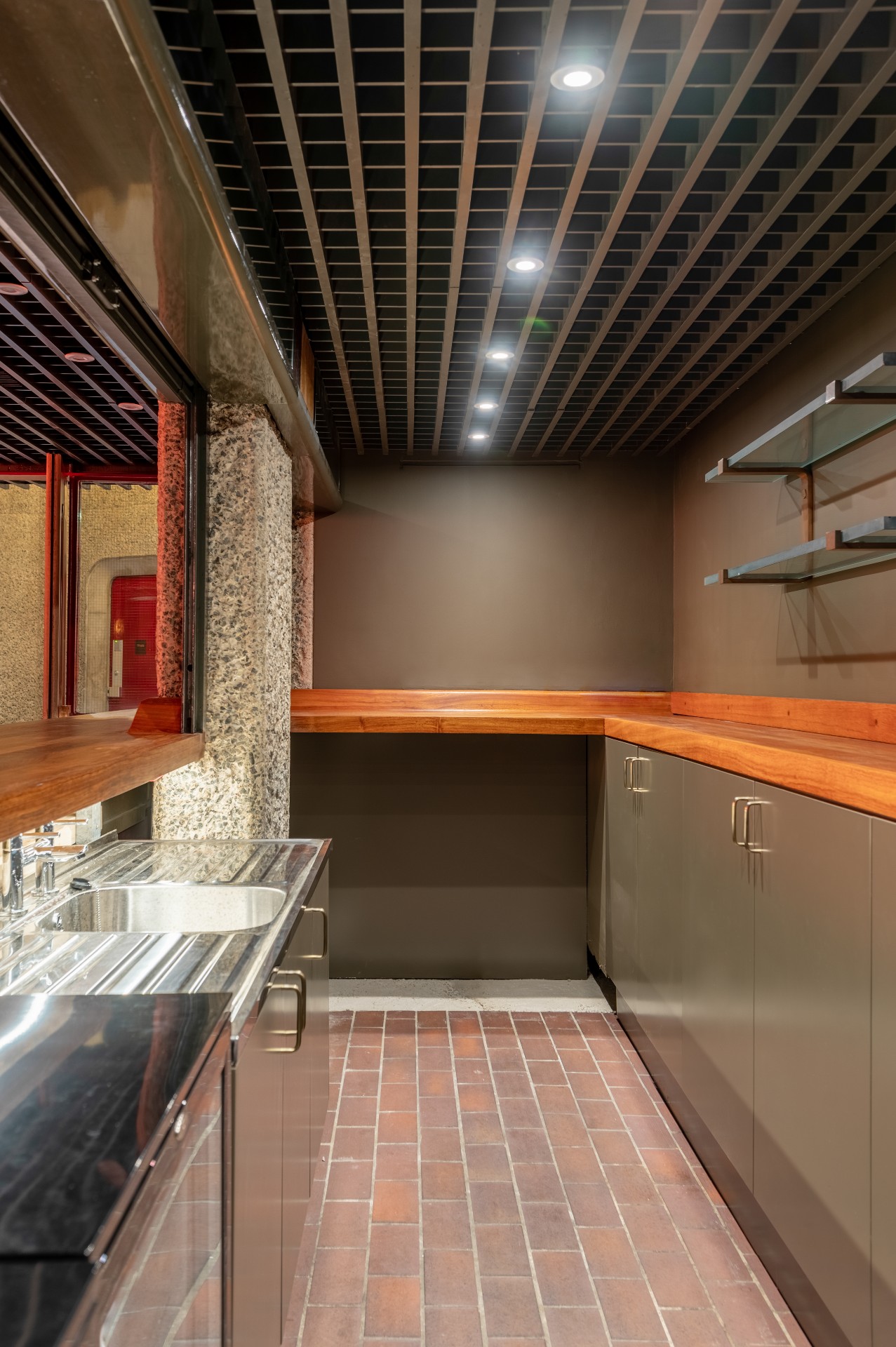
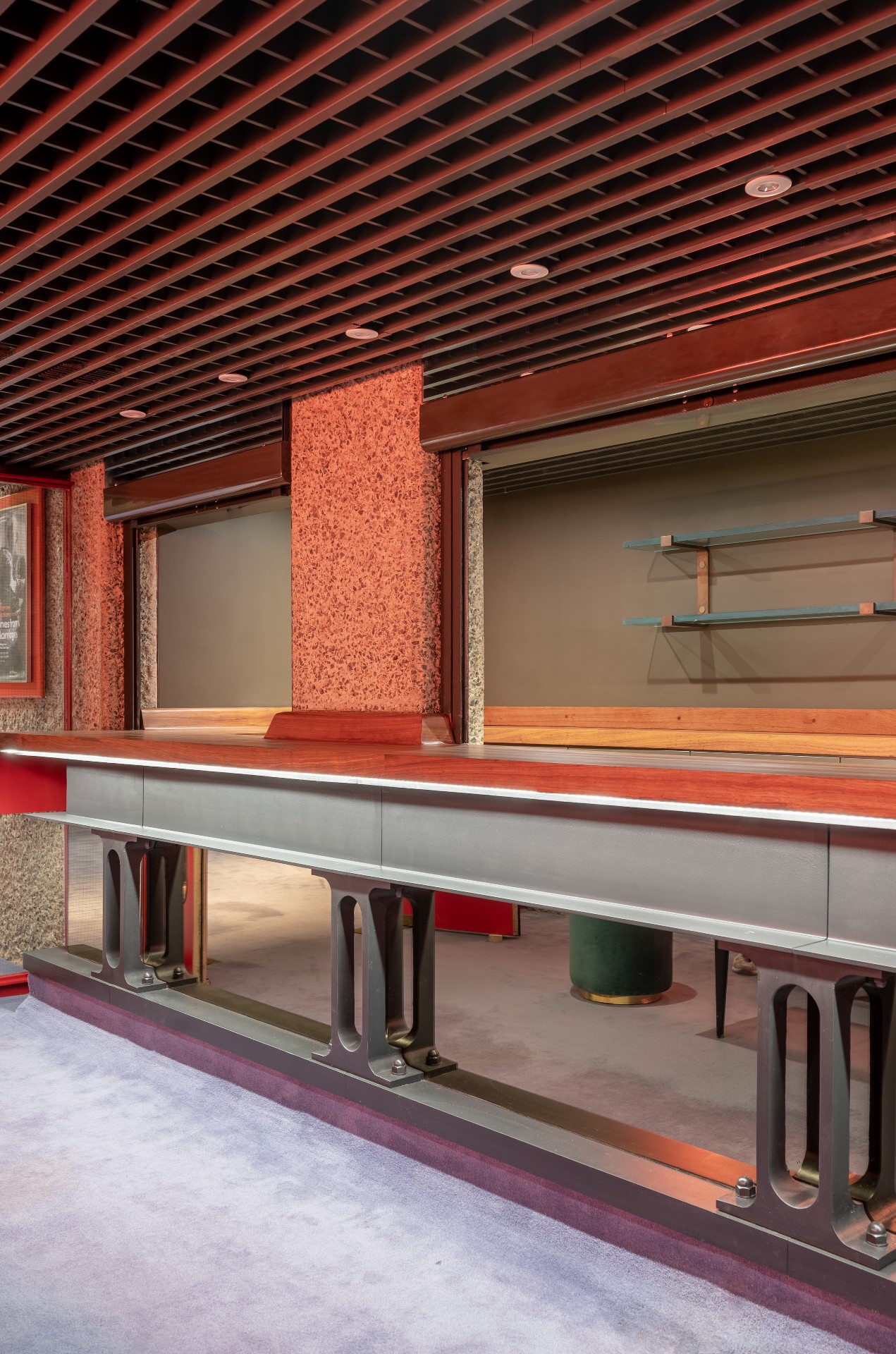
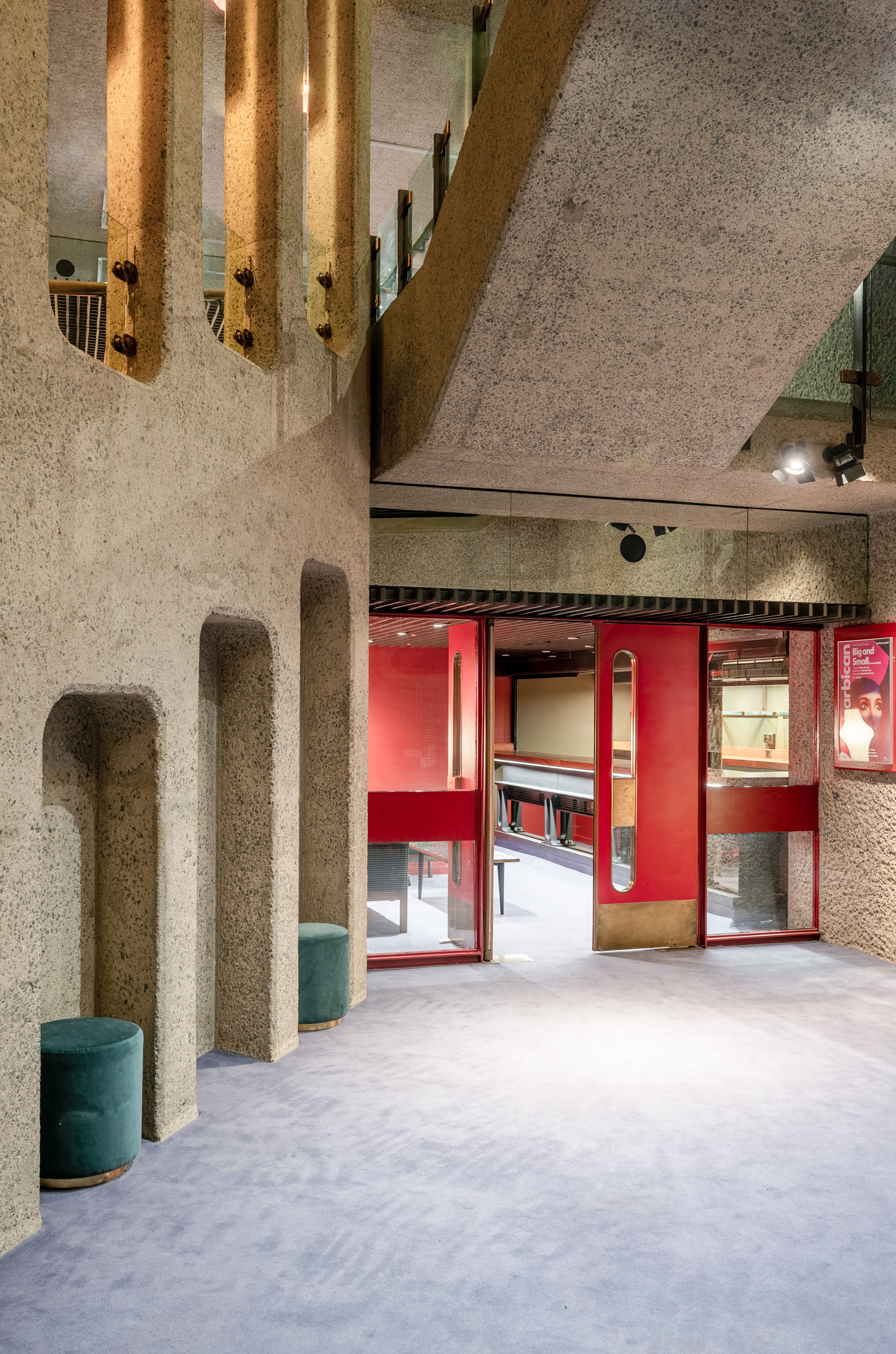
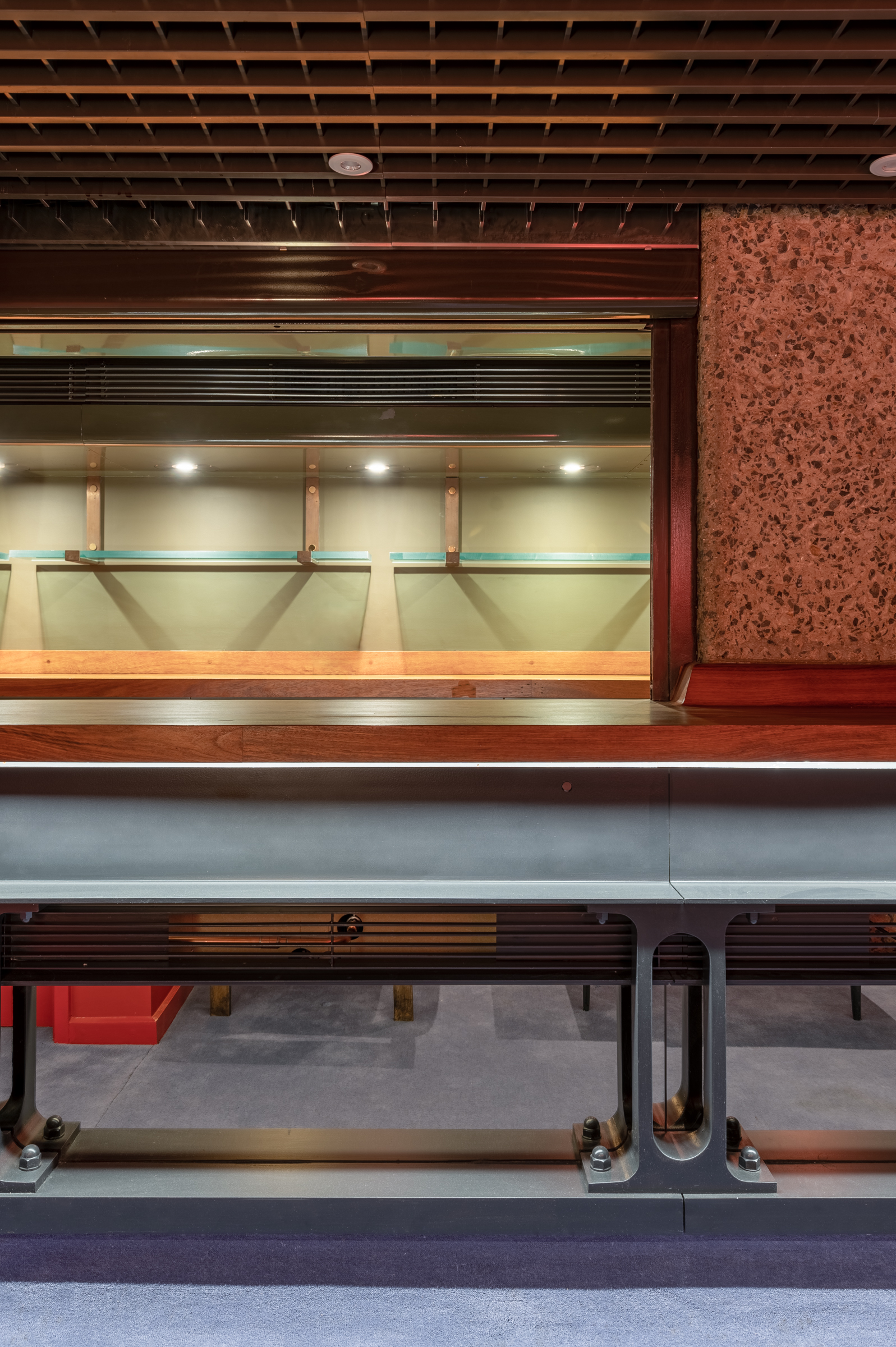
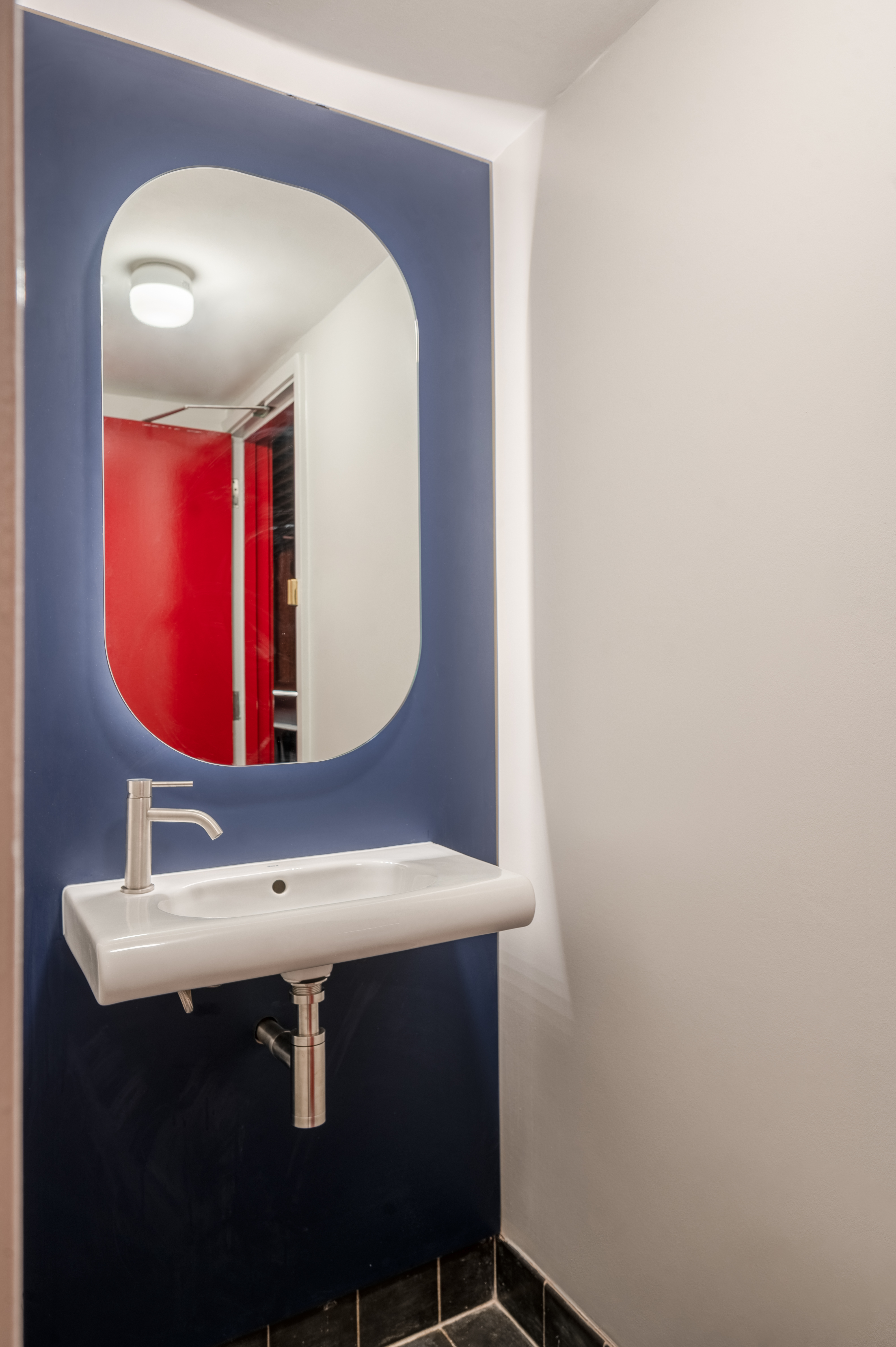
INFORMATION
Wallpaper* Newsletter
Receive our daily digest of inspiration, escapism and design stories from around the world direct to your inbox.
Ellie Stathaki is the Architecture & Environment Director at Wallpaper*. She trained as an architect at the Aristotle University of Thessaloniki in Greece and studied architectural history at the Bartlett in London. Now an established journalist, she has been a member of the Wallpaper* team since 2006, visiting buildings across the globe and interviewing leading architects such as Tadao Ando and Rem Koolhaas. Ellie has also taken part in judging panels, moderated events, curated shows and contributed in books, such as The Contemporary House (Thames & Hudson, 2018), Glenn Sestig Architecture Diary (2020) and House London (2022).
-
 Prada opens Sea Beyond, a new centre for ocean education in the Venetian Lagoon
Prada opens Sea Beyond, a new centre for ocean education in the Venetian LagoonCreated in partnership with UNESCO-IOC and designed by Carlo Ratti, the centre marks the first educational space of its kind in Italy
By Laura May Todd Published
-
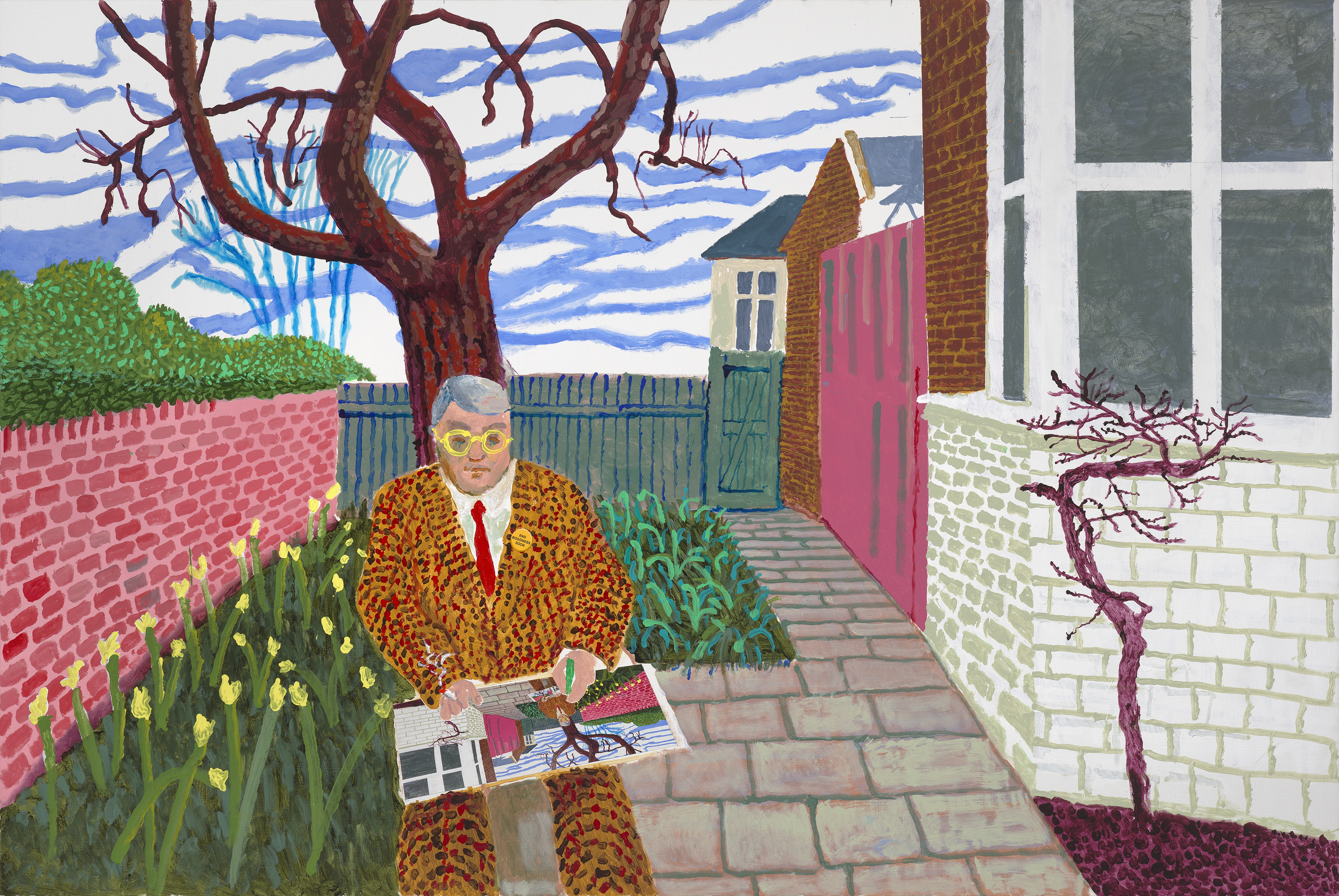 ‘David Hockney 25’: inside the artist’s blockbuster Paris show
‘David Hockney 25’: inside the artist’s blockbuster Paris show‘David Hockney 25’ opens 9 April at Fondation Louis Vuitton in Paris. Wallpaper’s Hannah Silver soaked up the resolute, colourful homage to the brilliant relentlessness of life
By Hannah Silver Published
-
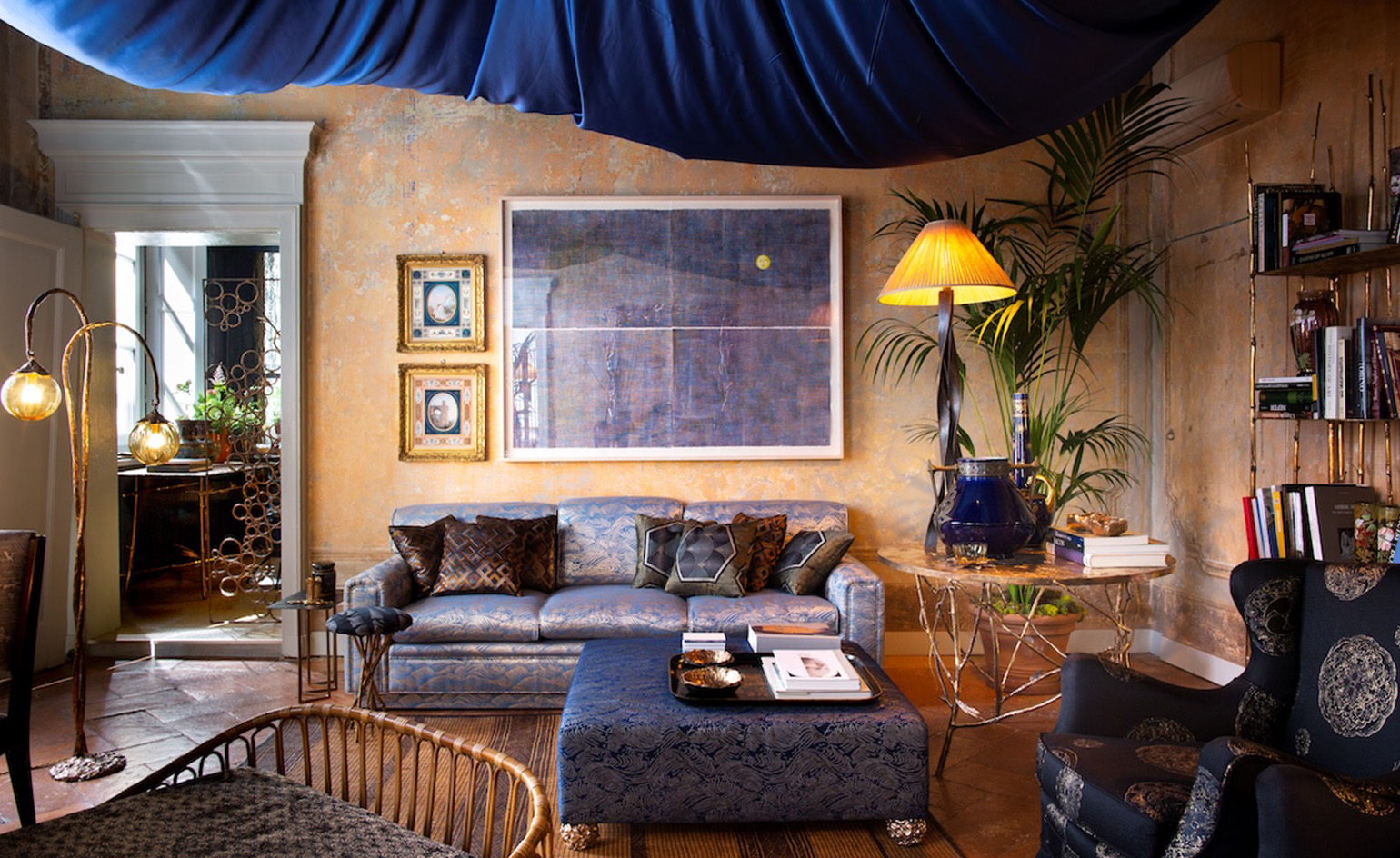 How a 17th-century Japanese archive inspired Dimorestudio’s lustrous new textile collection
How a 17th-century Japanese archive inspired Dimorestudio’s lustrous new textile collection'It’s a meeting point of past and present, East and West,' says 12th-generation fabric maker, Masataka Hosoo.
By Danielle Demetriou Published
-
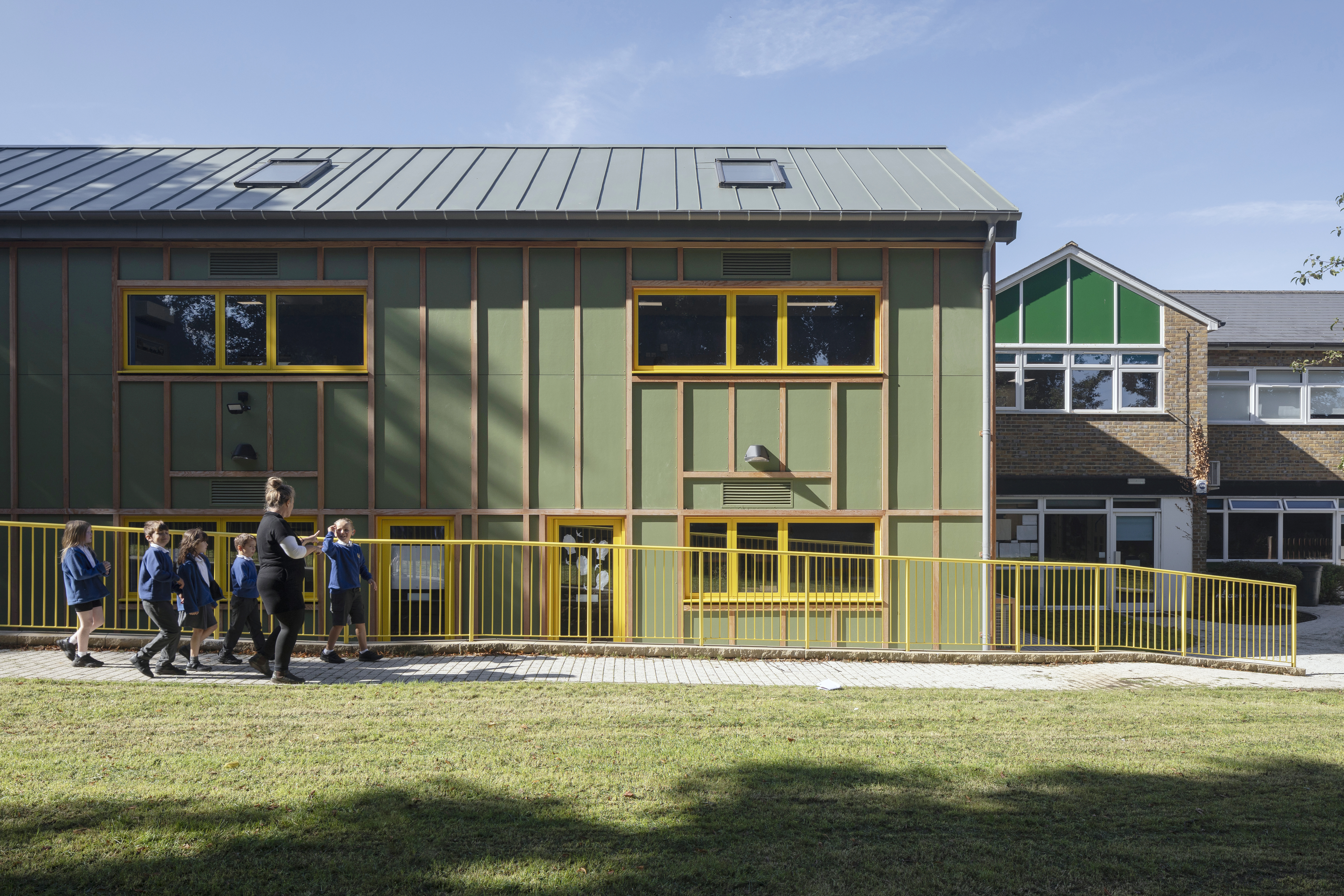 What is DeafSpace and how can it enhance architecture for everyone?
What is DeafSpace and how can it enhance architecture for everyone?DeafSpace learnings can help create profoundly sense-centric architecture; why shouldn't groundbreaking designs also be inclusive?
By Teshome Douglas-Campbell Published
-
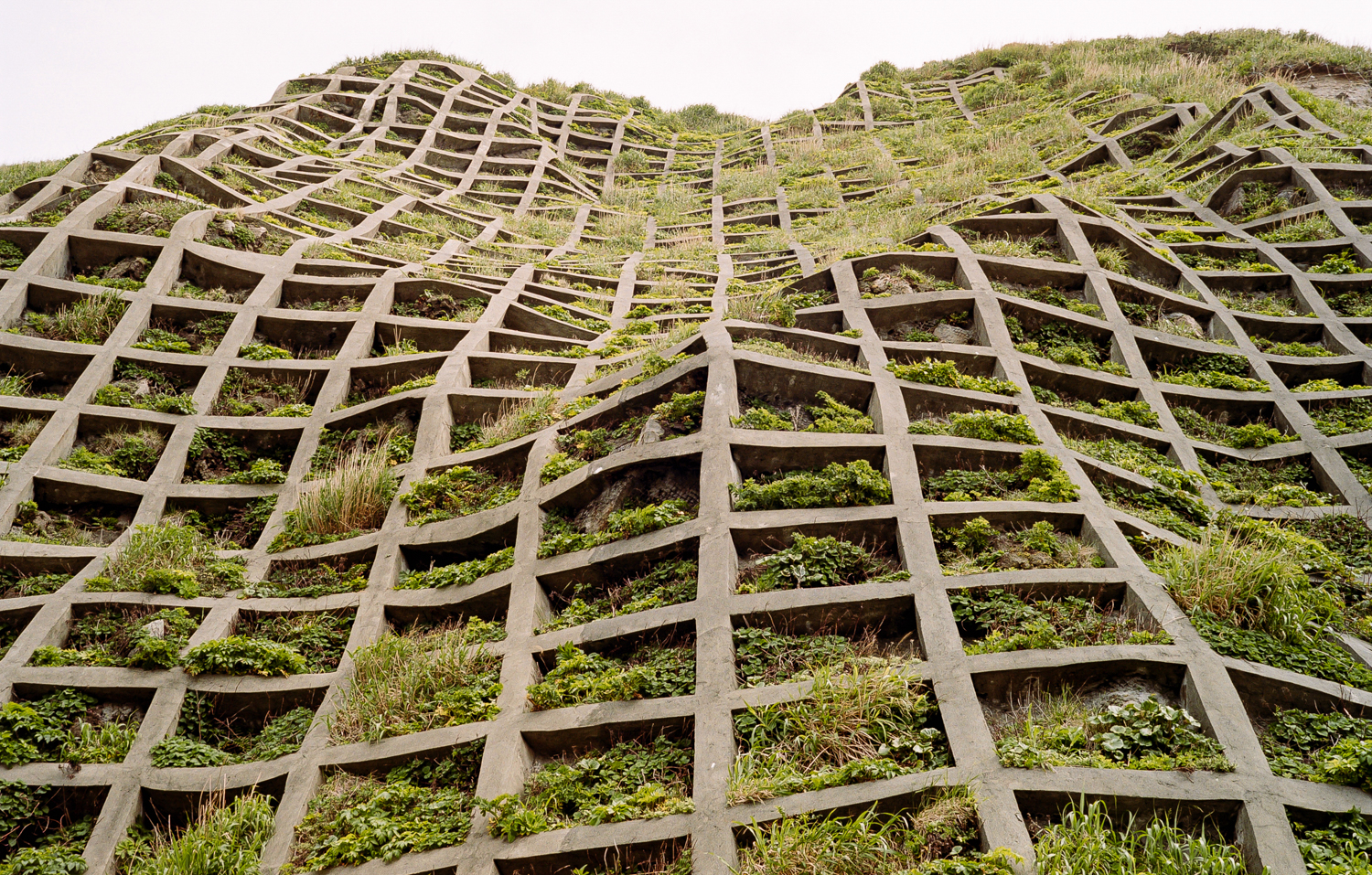 The best brutalism books to add to your library in 2025
The best brutalism books to add to your library in 2025Can’t get enough Kahn? Stan for the Smithsons? These are the tomes for you
By Tianna Williams Published
-
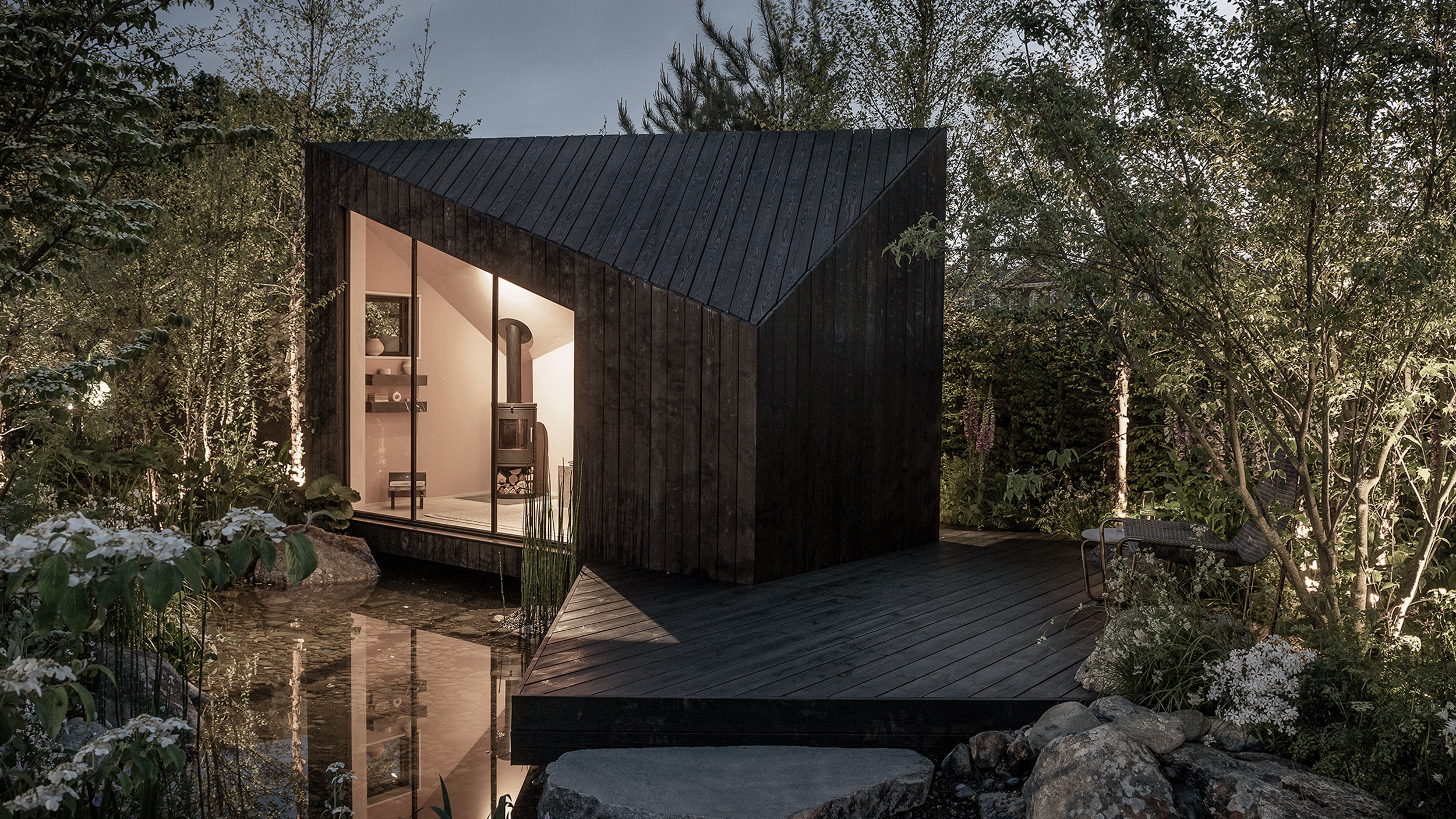 The dream of the flat-pack home continues with this elegant modular cabin design from Koto
The dream of the flat-pack home continues with this elegant modular cabin design from KotoThe Niwa modular cabin series by UK-based Koto architects offers a range of elegant retreats, designed for easy installation and a variety of uses
By Jonathan Bell Published
-
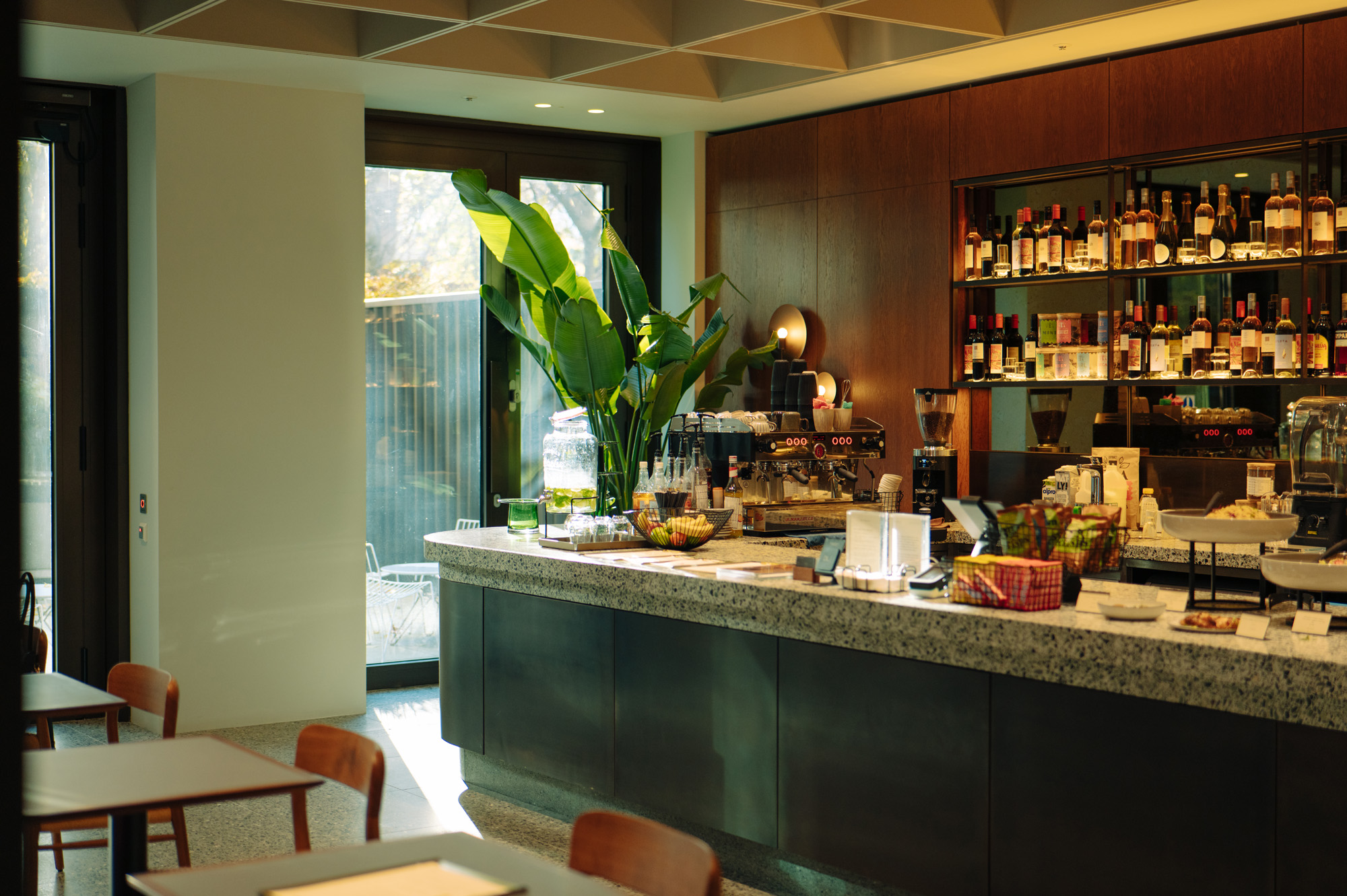 Are Derwent London's new lounges the future of workspace?
Are Derwent London's new lounges the future of workspace?Property developer Derwent London’s new lounges – created for tenants of its offices – work harder to promote community and connection for their users
By Emily Wright Published
-
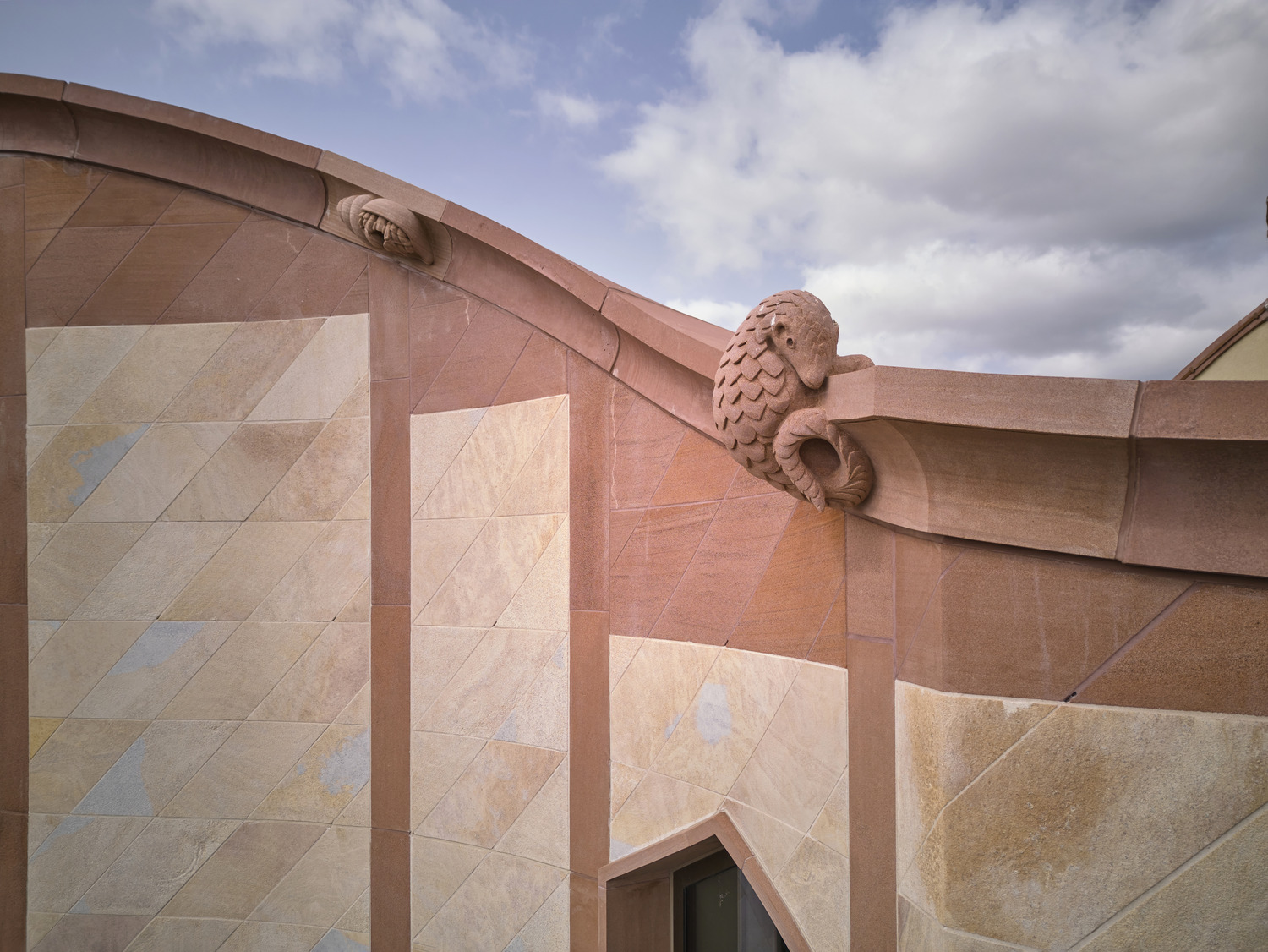 Showing off its gargoyles and curves, The Gradel Quadrangles opens in Oxford
Showing off its gargoyles and curves, The Gradel Quadrangles opens in OxfordThe Gradel Quadrangles, designed by David Kohn Architects, brings a touch of playfulness to Oxford through a modern interpretation of historical architecture
By Shawn Adams Published
-
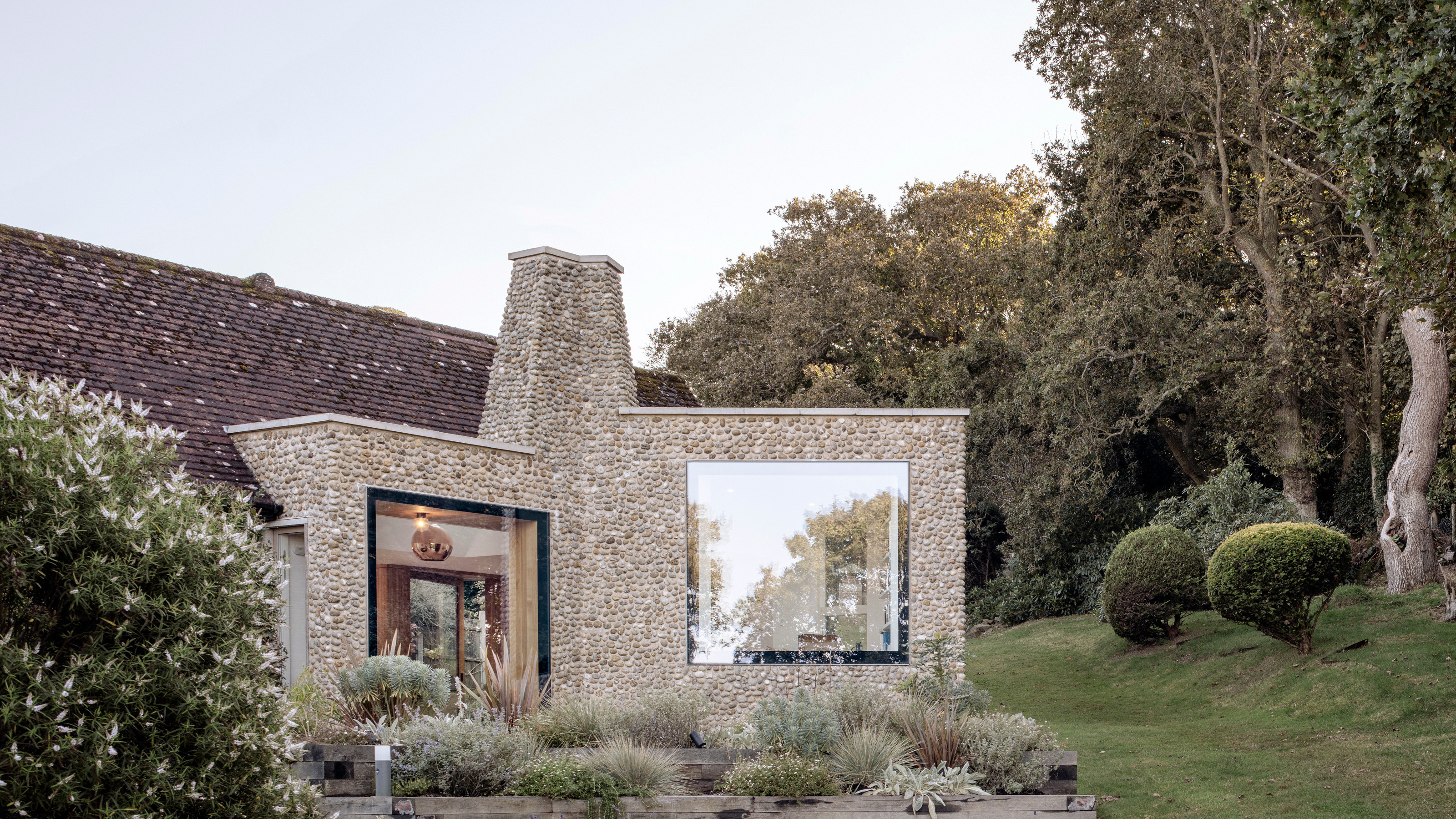 A Norfolk bungalow has been transformed through a deft sculptural remodelling
A Norfolk bungalow has been transformed through a deft sculptural remodellingNorth Sea East Wood is the radical overhaul of a Norfolk bungalow, designed to open up the property to sea and garden views
By Jonathan Bell Published
-
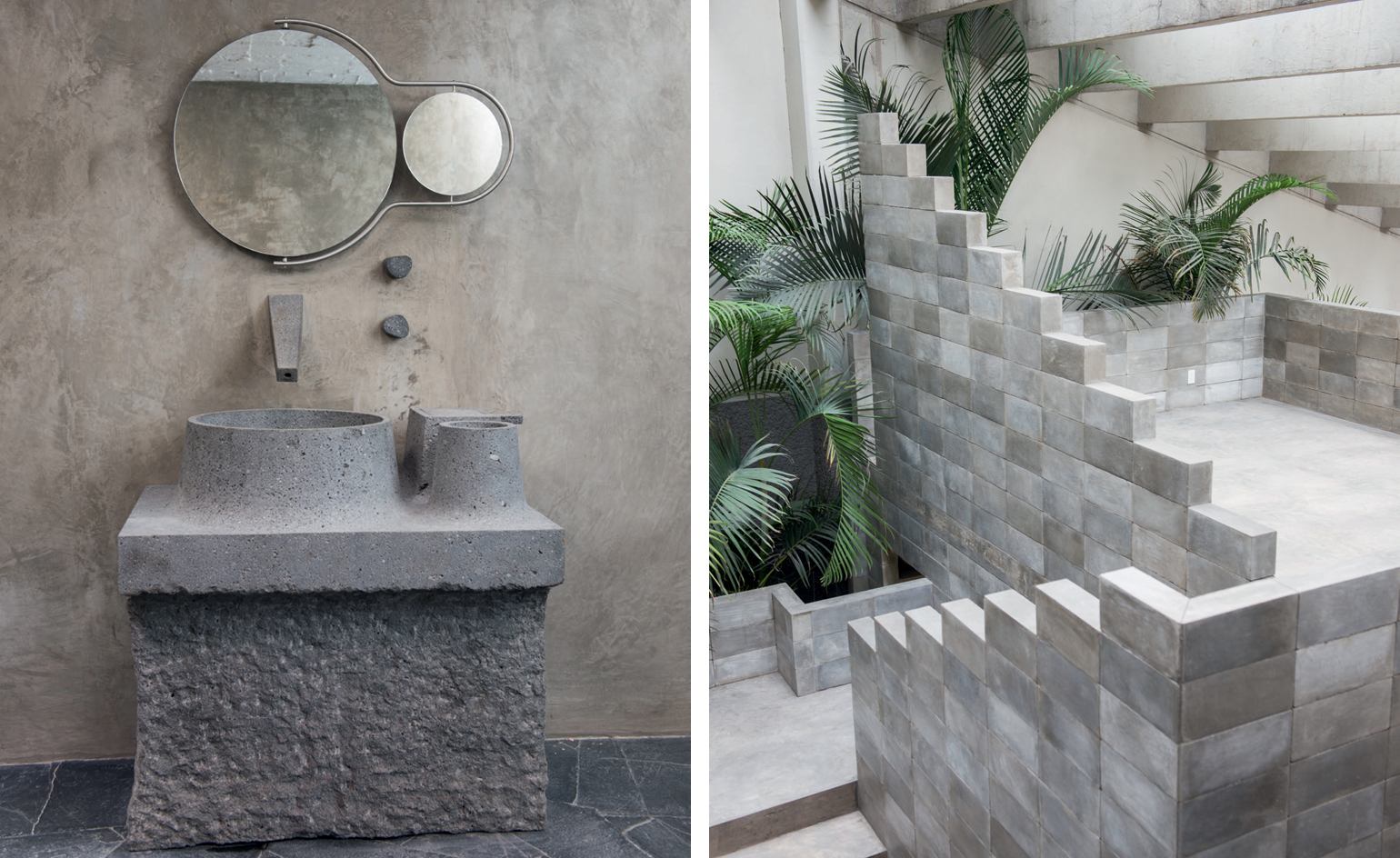 Brutalist bathrooms that bare all
Brutalist bathrooms that bare allBrutalist bathrooms: from cooling concrete flooring to volcanic stone basins, dip into the stripped-back aesthetic with these inspiring examples from around the world
By Tianna Williams Published
-
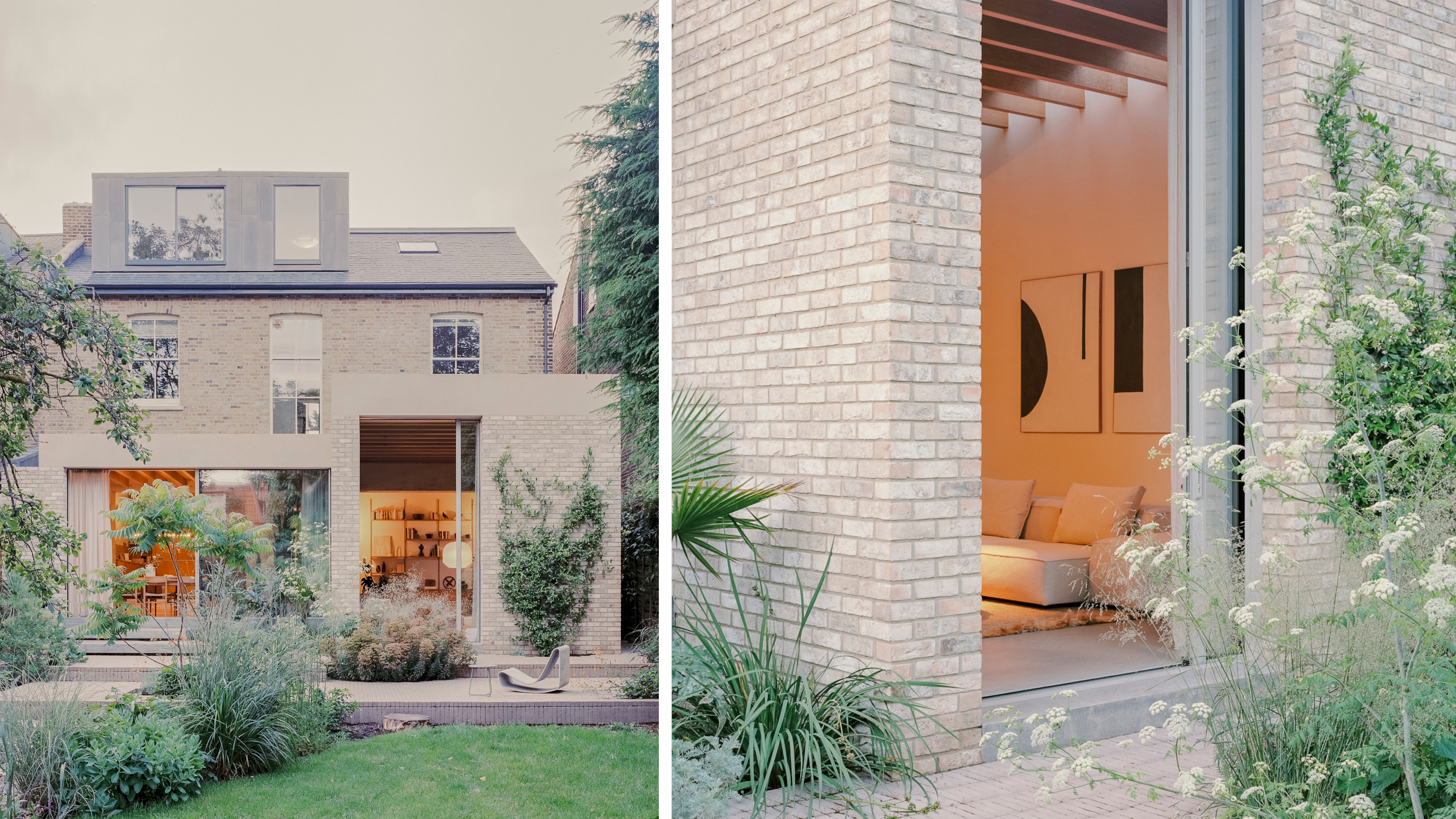 A new concrete extension opens up this Stoke Newington house to its garden
A new concrete extension opens up this Stoke Newington house to its gardenArchitects Bindloss Dawes' concrete extension has brought a considered material palette to this elegant Victorian family house
By Jonathan Bell Published